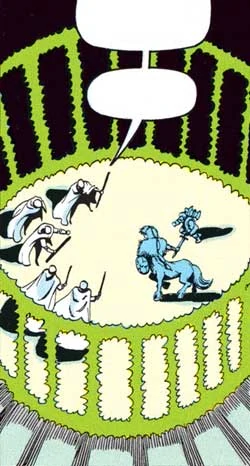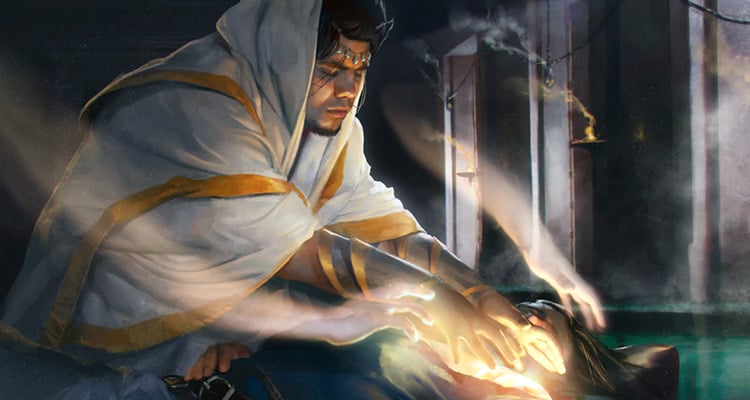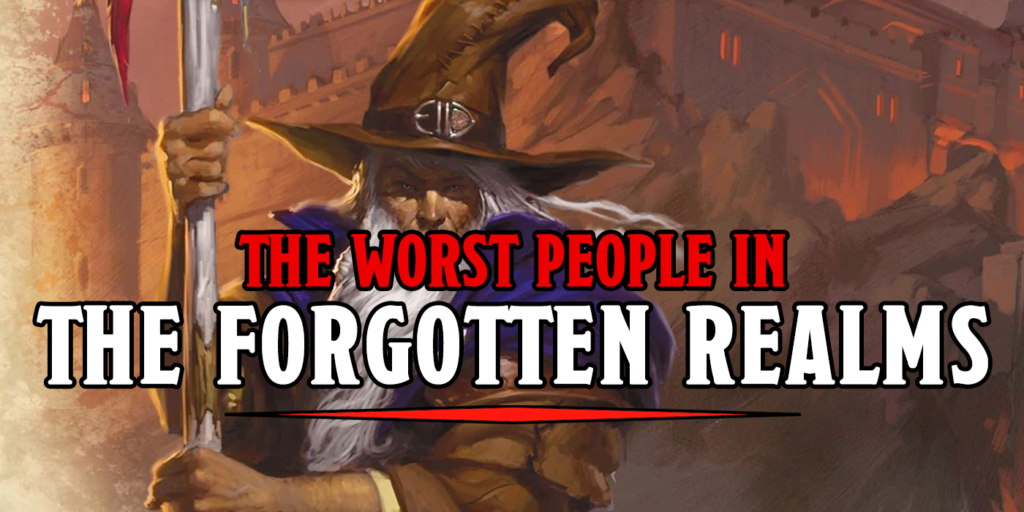D&D: The Five Most Expensive Spells in 5th Edition

In D&D, spells can be your bread and butter. But cast these spells and it all starts to add up; these are the most expensive spells in D&D.
Dungeons & Dragons is a game where gold pieces quickly become irrelevant. Sure, you might start off needing to buy yourself a new suit of armor, or scraping together enough gold pieces to transcribe that new spell into your spellbook.
But there comes a point where you run out of things to spend money on. Unless you end up frequently casting these five spells, which are among the most expensive in D&D. Some are a one-time investment, and others take a huge chunk of change with each and every casting.
Awaken
This spell is an expensive way to make a friend. They say plants do much better when you talk to them. And this spell gives them the ability to talk right back, gifting them with sentience and sapience. It works on beasts as well.
You can grant a plant or beast an intelligence of 10, the ability to speak one language you know, and the ability to move around with senses similar to a human’s. And, since they’re charmed by you for 30 days (or until you or your companions do anything harmful to it), you can buy friendship. Temporarily at least.
And all it will cost is an agate worth at least 1,000 gold pieces. Per friend you make.
Force Cage
This spell has the ability to take one creature entirely out of a fight, no save needed, no questions asked. You can entirely trap someone, either bubbling them out of your fight, or leave the cage open enough that they can attack through it, but also be attacked by you.
The ability to basically shut down one encounter per 7th-level spell slot is pretty worth it. If you can afford the 1500 gold pieces’ worth of ruby dust it takes to cast the spell.
Simulacrum
Simulacrum, on the other hand, lets you create an illusory duplicate of any living creature, though most often you’ll see the spell used to create a duplicate of the spellcaster themselves. With this spell, a caster can create a magical duplicate with their own spell slots and everything (though they can’t regain expended spell slots).
This one spell takes 12 hours to cast, but it effectively doubles your firepower as long as you keep the Simulacrum around. And as long as you can afford the 1,500 gp worth of ruby dust that each casting of the spell takes.
Still, 1500 gp to double your remaining spell slots until used? That’s a pretty good deal.
Clone
Of course, immortality is also pretty good. And with Clone, you can basically do that. As long as you can keep an inert duplicate of yourself somewhere safe to keep you from dying.
Clone basically makes a backup body for the caster. And all it takes is an initial investment of 3,000 gp. 2,000 gp goes to the special clone tube, while you must also use a diamond worth 1,000 gp (aka a resurrection diamond) every time you cast the Clone spell. But there’s no limit to how many you can have going at once. Just be careful none of them wake up.
True Resurrection
Of course, when things go really awry, you have D&D’s most expensive spell. True Resurrection can bring anyone back to life (as long as they haven’t been dead for more than 200 years), or how little of their body is left. You don’t even need to sweep up the little ash pile that’s all that remains of your Paladin first.
As long as you can afford the 25,000 gp of diamonds that it takes to cast the spell in the first place.
Happy Adventuring









